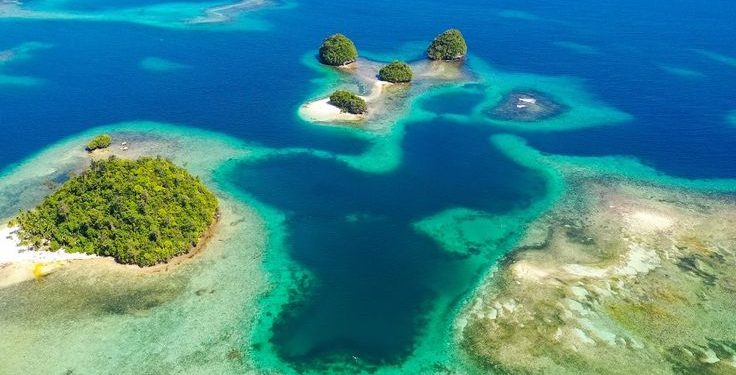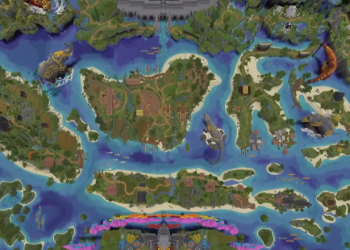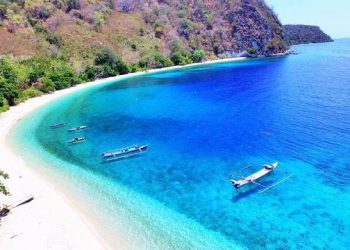Jakarta, Indonesia Sentinel — Scientists from the P. P. Shirshov Institute of Oceanology, part of the Russian Academy of Sciences (IO RAS) has found a new island emerged in the northern Caspian Sea.
The island, which has yet to receive an official name, lies approximately 30 kilometers southwest of Maly Zhemchuzhny Island, the TASS news agency reported.
The island barely rises above sea level and features a flat, damp surface covered in sand dunes. Due to poor weather conditions and shallow waters, no team has been able to land on the island directly, making exploration efforts difficult.
The phenomenon is linked to falling water levels in the Caspian Sea, said Dr. Stepan Podolyako, a senior researcher at IO RAS who took part in the expedition. In an official statement, Podolyako explained, “The appearance of new islands in the Caspian Sea is tied to the long-term cyclical rise and fall of water levels in this enclosed body of water.”
Classified as an “awash island,” the new landform is a seabed elevation that becomes visible only when the sea level drops. Historical data shows the Caspian Sea experienced similar declines during the 1930s and 1970s, before water levels rose again. The latest downward trend began around 2010.
Climate change is believed to be a major driver of this trend. Podolyako noted that high evaporation rates have contributed to the shrinking volume of the sea. Tectonic shifts beneath the Caspian also appear to be influencing the process.
A TASS report added that reduced river inflow during summer and autumn months may be accelerating the drying of the region around the island.
The first signs of the island’s emergence were detected via satellite imagery in November 2024, when researchers spotted sand and sediment beginning to break the water’s surface. Initial reports were met with skepticism until the most recent field expedition confirmed the island’s existence.
Read Also:
Indonesian Scientists Discover New Blind Lizard Species at Buton Island Sulawesi
Although researchers have not yet set foot on the island, drone footage has provided valuable aerial images revealing its shape and size. Further study will be needed to understand its geological and environmental characteristics.
The official naming of the island is expected to follow a second expedition scheduled for the second half of 2025. According to Podolyako, the island may be named based on significant findings from upcoming research. If no distinct geographical features are identified, the name could honor a notable scientific or cultural figure from the region.
The discovery of new island in the northern Caspian Sea not only updates the geographic map but also serves as a visible reminder of environmental changes driven by climate and geological activity. Scientists warn that such transformations underscore the planet’s dynamic nature , and the urgency of continued monitoring and research.
(Raidi/Agung)

























